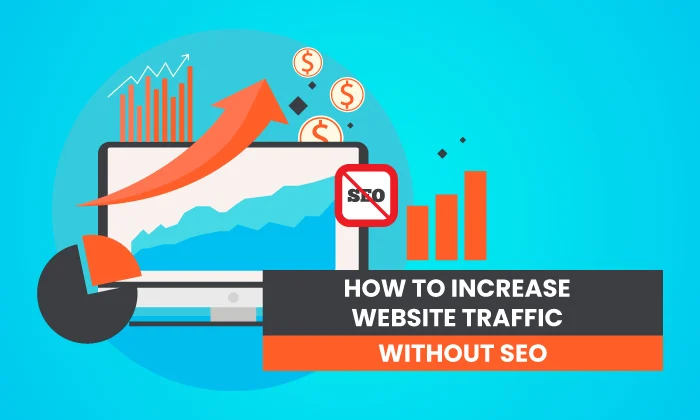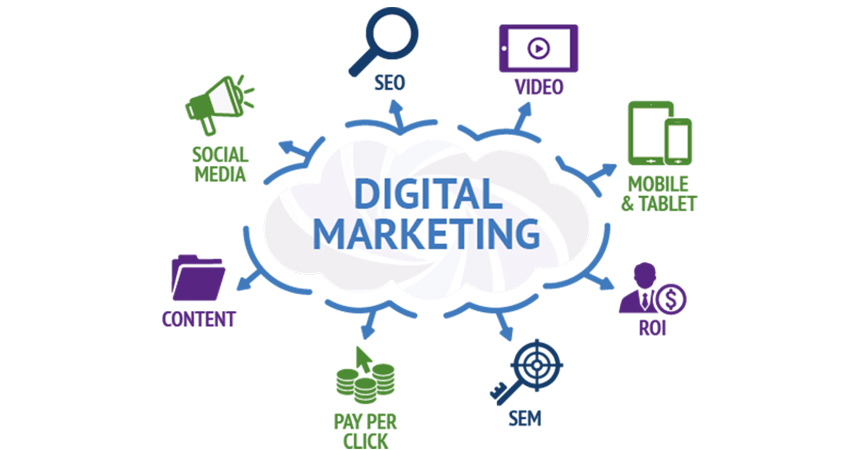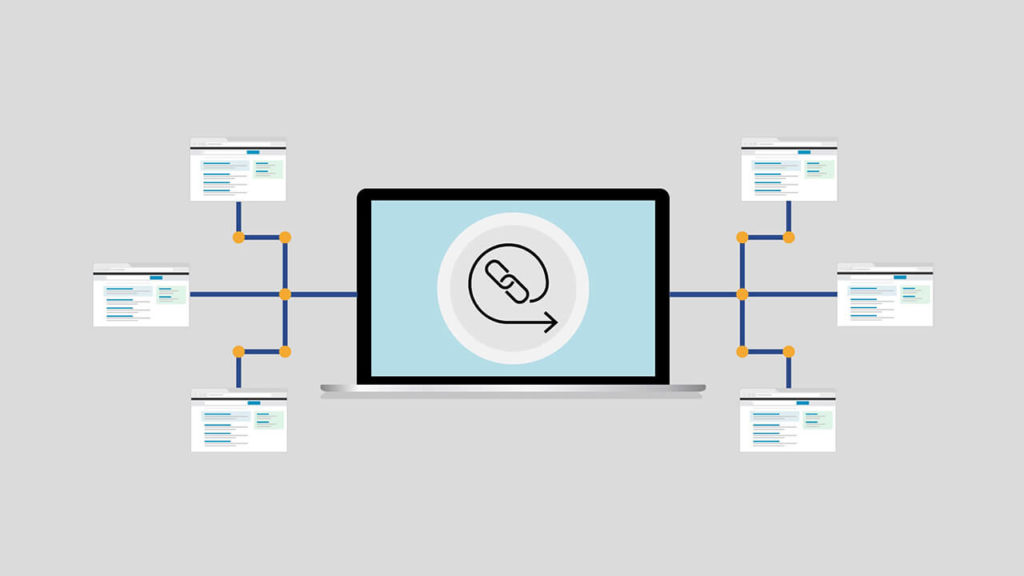The Ultimate Guide to Responsive Web Design and SEO Optimization
In the digital age, having a website that adapts seamlessly to various devices is not just a luxury; it is a necessity. Responsive web design RWD is a modern approach that enables a website to adjust its layout, images, and functionalities based on the screen size and orientation of the device being used. This approach is crucial as it enhances user experience, increases engagement, and ultimately drives conversion rates. Moreover, the synergy between responsive web design and Search Engine Optimization SEO cannot be understated. A well-optimized responsive website not only provides a better experience for users but also performs better in search engine rankings. One of the core principles of responsive web design is fluid grids, which allow web elements to scale proportionately based on the screen size. By using relative units like percentages instead of fixed pixels, designers can create layouts that adapt to the width of the viewport. This ensures that content is displayed clearly and legibly on devices ranging from smartphones to large desktop monitors.

From an SEO perspective, responsive web design has several benefits. Search engines like Google prioritize websites that offer a mobile-friendly experience. In fact, Google has transitioned to a mobile-first indexing approach, meaning it primarily uses the mobile version of a website for indexing and ranking. This shift underscores the importance of ensuring that your website is not only responsive but also fully optimized for mobile users. If a website has separate URLs for its mobile and desktop versions, it can lead to complications such as duplicate content issues, which can negatively impact search rankings. By employing a responsive design, all users are directed to a single URL, streamlining the user experience and making it easier for search engines to index your site. Moreover, page load speed is a crucial factor in both SEO and web design. Websites that are slow to load can lead to higher bounce rates, where users leave the site before engaging with the content.
Responsive web design contributes to faster loading times by ensuring that the appropriate resources are loaded based on the user’s device. For instance, responsive images can automatically adjust their resolution, reducing unnecessary data usage for mobile devices and speeding up the load time. This optimization plays a significant role in enhancing user satisfaction, encouraging them to spend more time on the site, which in turn signals to search engines that the site is valuable. Content is another vital aspect of SEO that complements responsive design. Creating high-quality, relevant content that is easy to access and read on any device can significantly improve user engagement and search rankings. Incorporating mobile-friendly features such as larger buttons and simplified navigation further enhances the usability of the site, ensuring that users can easily find what they are looking for regardless of their device. By focusing on user experience, businesses can create a strong online presence that not only attracts visitors but also converts them into loyal customers.

 There are numerous website traffic generator programs accessible. A considerable lot of the projects offer similar elements and works and costs range from free to a few hundred bucks. Preceding putting resources into a traffic generator program however, a singular will need to have their website in the condition that will permit the program to be utilized to it is fullest degree. The watchword thickness analyzer given by quite a few people of these projects offers a person to guarantee that their website and pages are catchphrase rich without being dismissed via web indexes as a deals webpage. There are numerous ways of making content watchword rich, these incorporate utilizing a few catchphrases all through a page or article rather than a couple. By utilizing the Watchword generator that is additionally included with the program, one is given a few words that will make the ideal impact nevertheless meet the prerequisites of the web crawlers.
There are numerous website traffic generator programs accessible. A considerable lot of the projects offer similar elements and works and costs range from free to a few hundred bucks. Preceding putting resources into a traffic generator program however, a singular will need to have their website in the condition that will permit the program to be utilized to it is fullest degree. The watchword thickness analyzer given by quite a few people of these projects offers a person to guarantee that their website and pages are catchphrase rich without being dismissed via web indexes as a deals webpage. There are numerous ways of making content watchword rich, these incorporate utilizing a few catchphrases all through a page or article rather than a couple. By utilizing the Watchword generator that is additionally included with the program, one is given a few words that will make the ideal impact nevertheless meet the prerequisites of the web crawlers.
